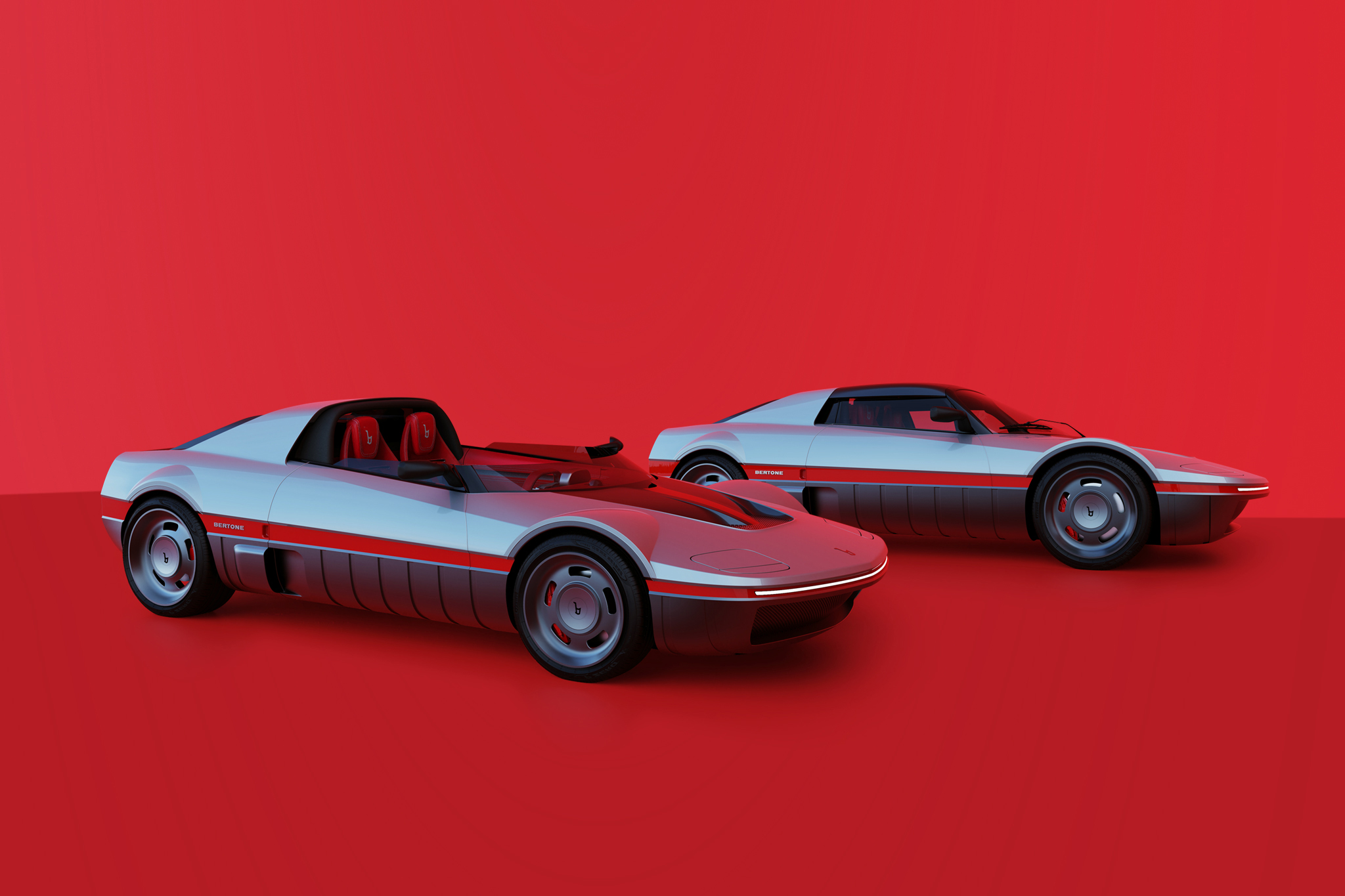45 Years of Volkswagen Golf
There were many expectations for this car. Today’s global corporation owes its success and status to the good concept behind this model. In other words, the brand might not exist today in its current form if this car had flopped. And such a flop could by no means be ruled out when the car was taken into series production. On the contrary, cast-iron brand fans considered it a huge sacrilege to deviate from the path taken so far. Since you as a reader have clicked on this article, you naturally already know which car of which make is meant. But perhaps you aren’t really aware of the story behind the Volkswagen Golf. Until the premiere of the Golf, VW was known only for vehicles with a rear engine concept, air-cooled engines and rear-wheel drive. In the sector of commercial vehicles and during World War 2 there had been a few experiments with all-wheel drive systems, but these had remained rather isolated accents up to this point in time. The worldwide popular Beetle (which was never called that ex works, but can now officially bear this nickname) was a sales success, but could no longer be adapted for upcoming approval and crash regulations in Europe and some other countries. After all, the basic concept devised by Ferdinand Porsche dates back to the 1930s.
Heinrich Nordhoff, VW’s long-standing boss, finally had to recognise this as well. Over the course of time, Volkswagen therefore developed various prototypes, which were conceived as successor models. The most promising of them proved to be the EA266 (EntwicklungsAuftrag = development order) in the 1960s, which was developed together with Porsche as a mid-engined vehicle (drive below the rear seats) as a full model family. Porsche could have benefited from a small sports car variant. Shortly before the planned production of the so-called validation series cars, i.e. the final prototypes with which the production process is checked for possible problems, the then new VW boss Kurt Lotz stopped the project in 1971 for cost reasons and had virtually all prototypes and technology components scrapped. So they started again from scratch on a white sheet of paper. Parallel to the new mid-range model Passat, which was further developed from the Audi 80, VW’s research and development department finally worked on a car with front-wheel drive, water-cooled engines at the front and a boot lid that was unusually large for the time. For the styling, the services of Giorgetto Giugiaro from Italy could be secured. He created an angular but pleasing design that worked well with both two and four doors.
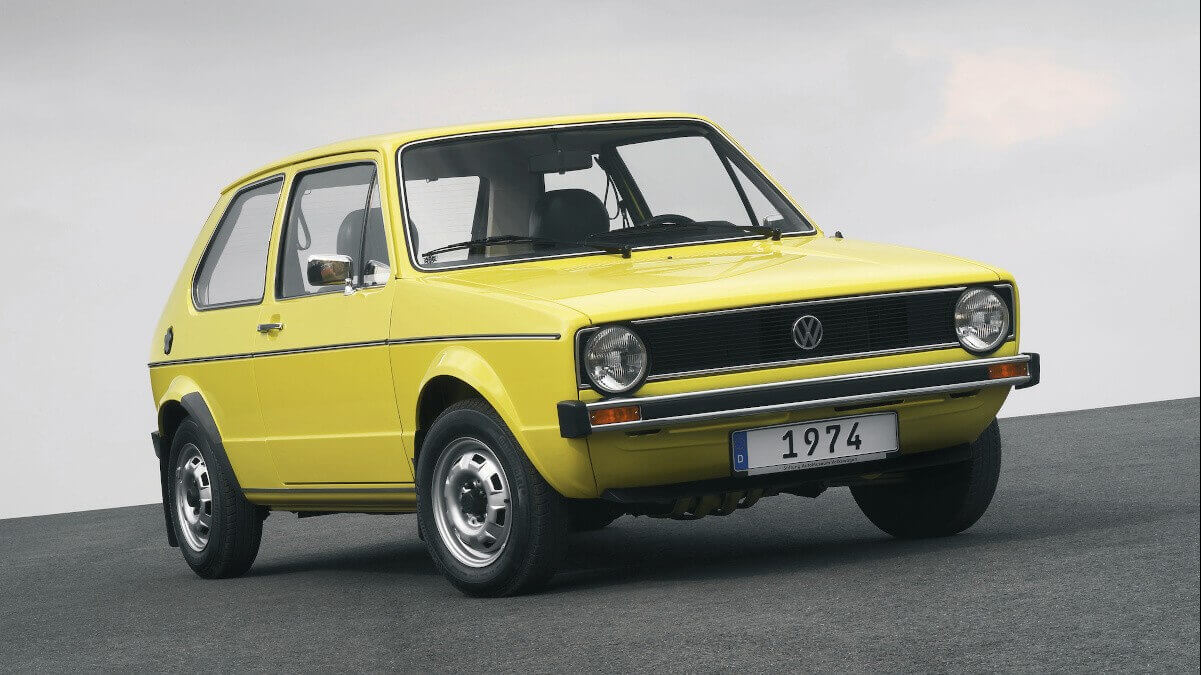

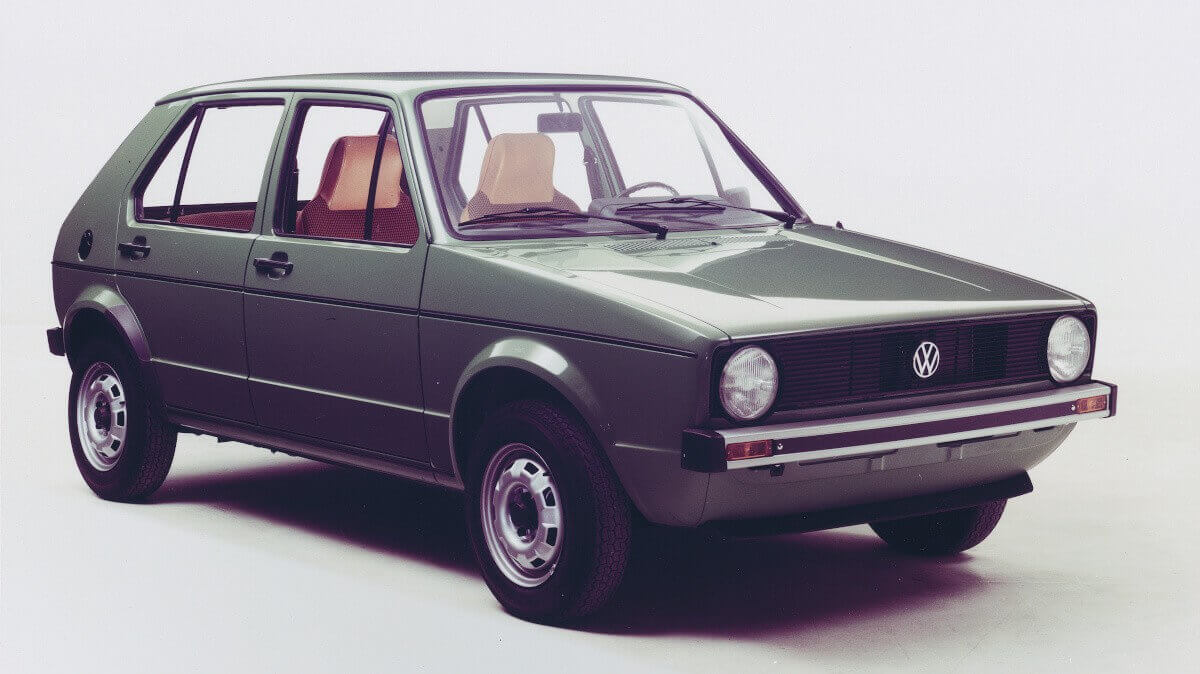

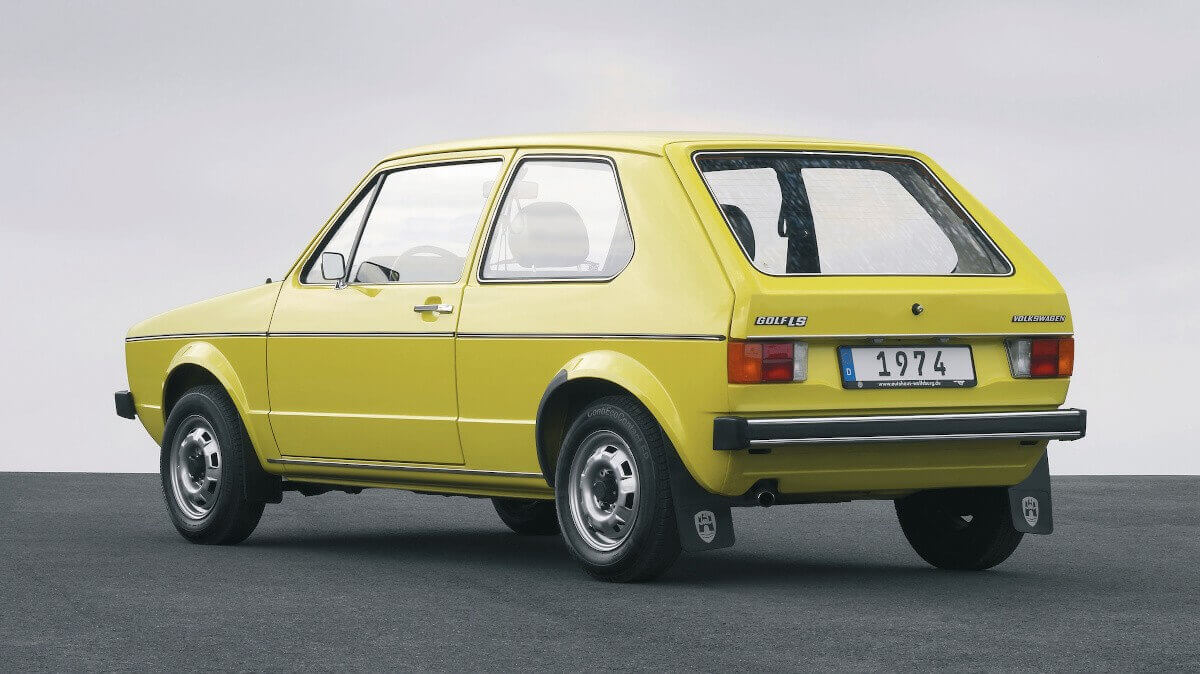

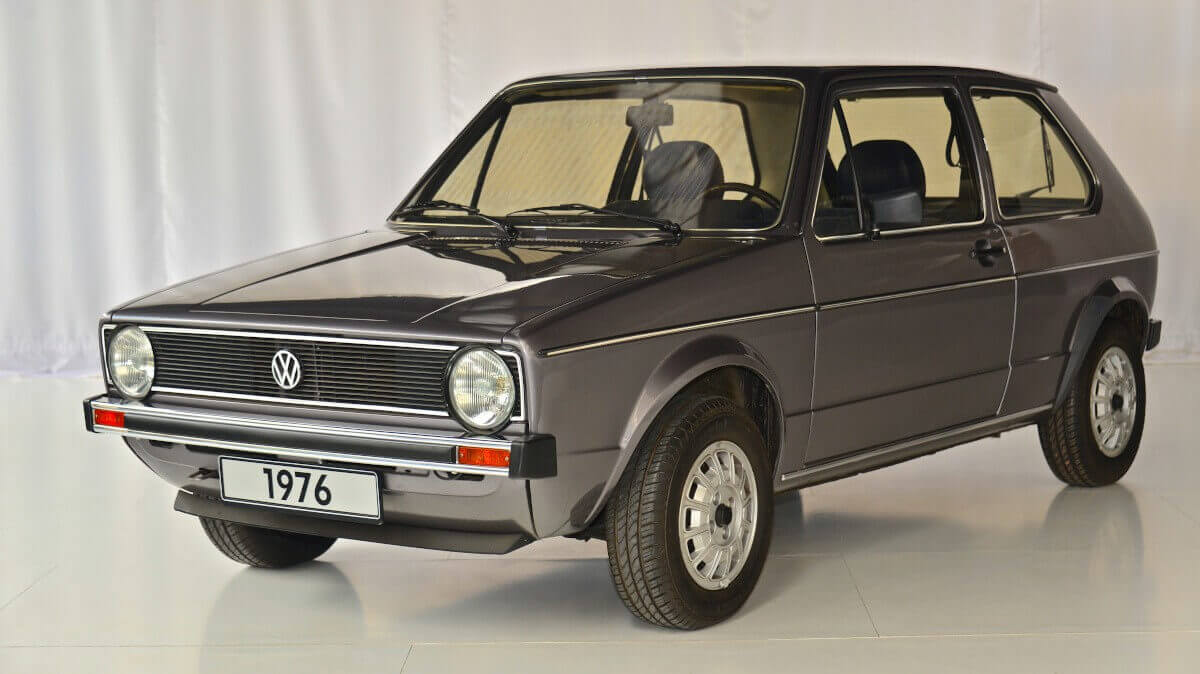

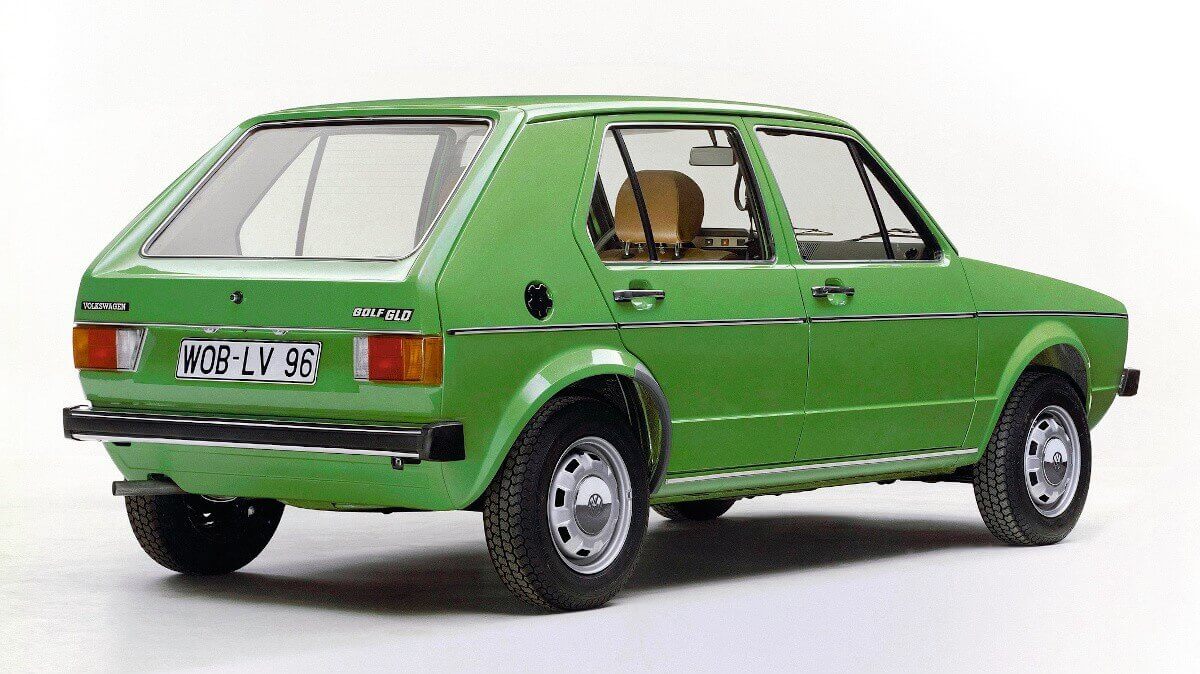

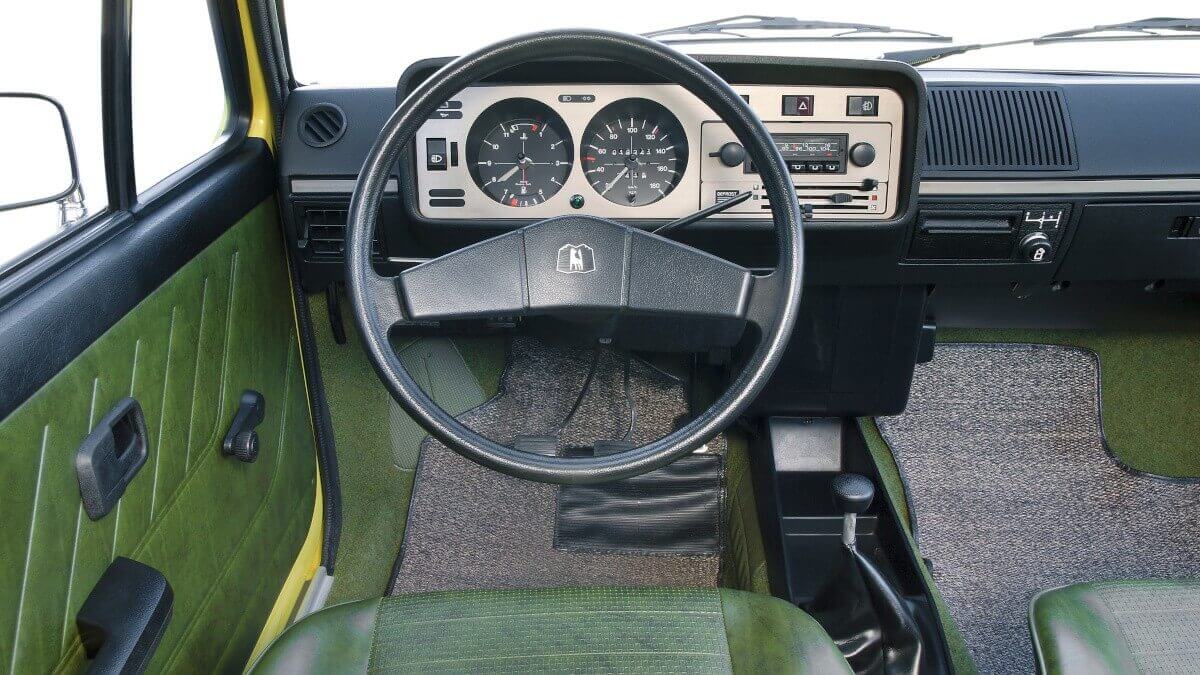

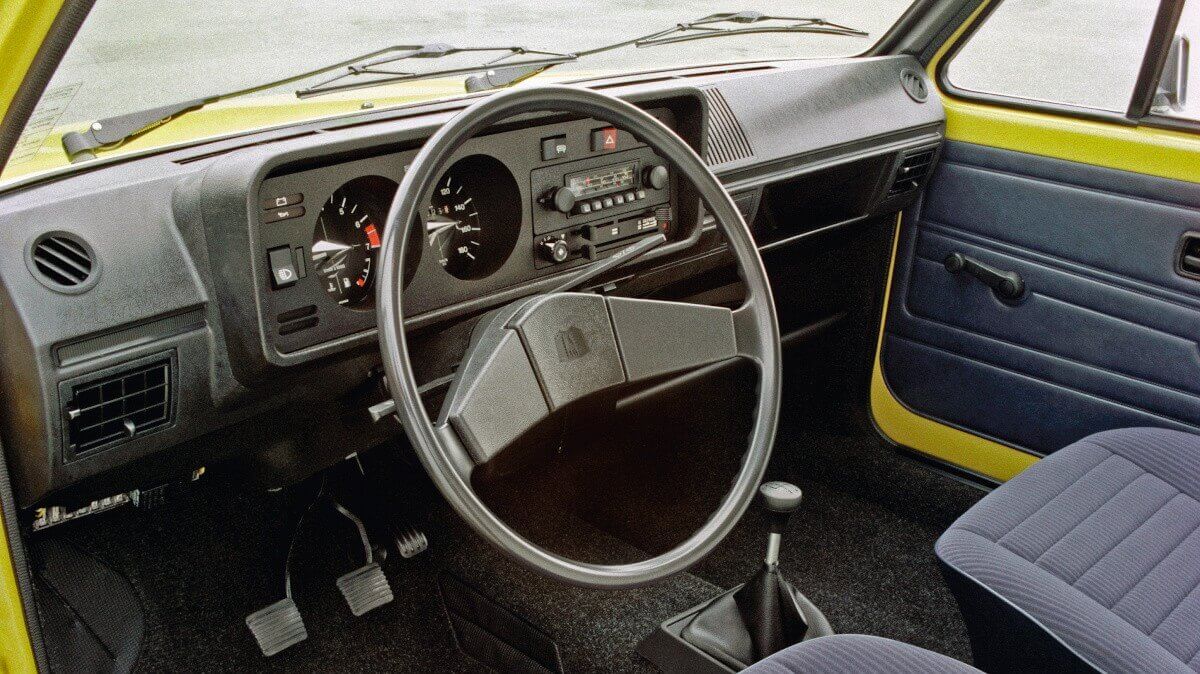

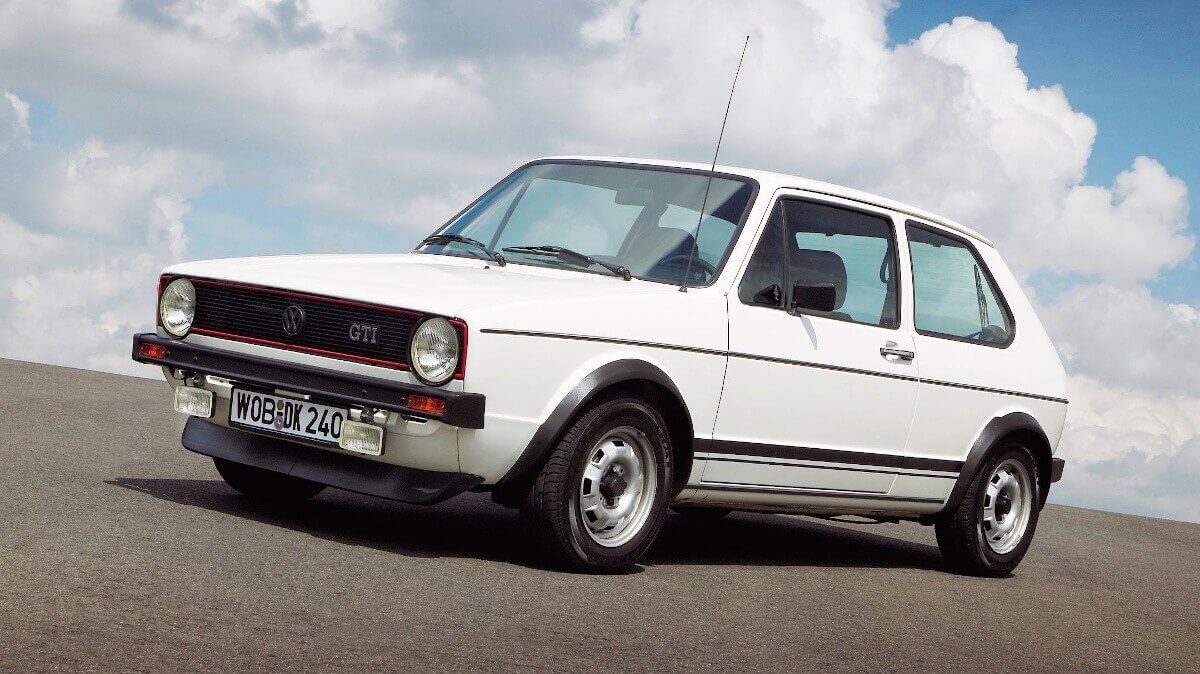

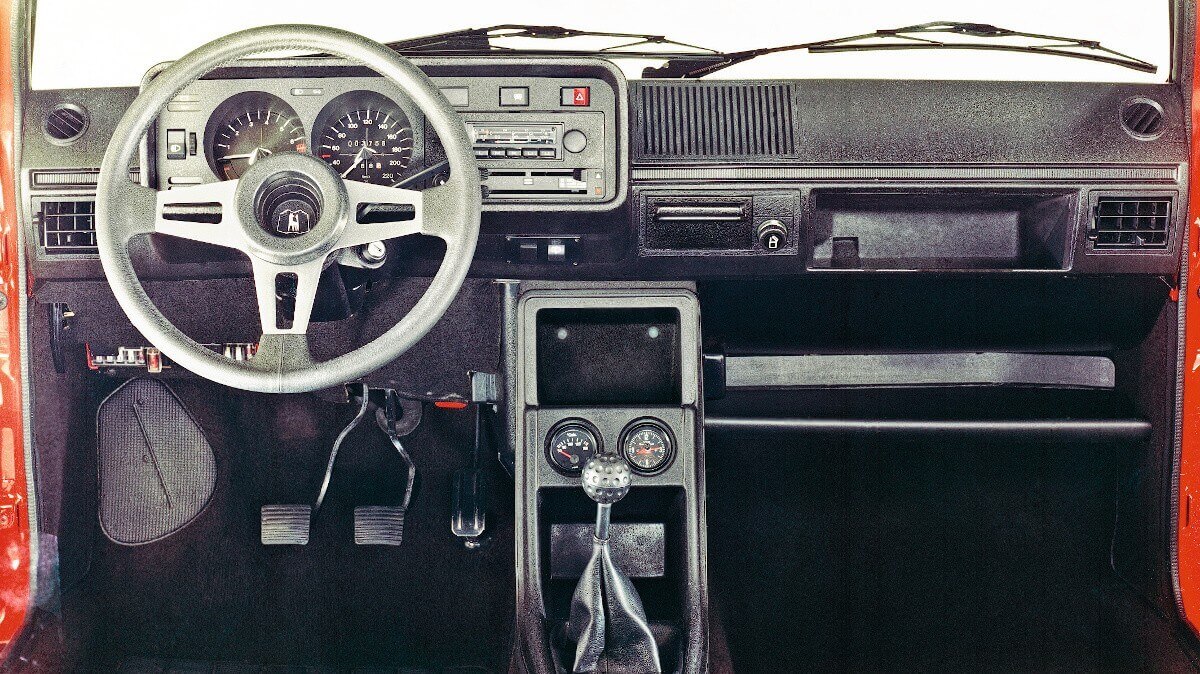

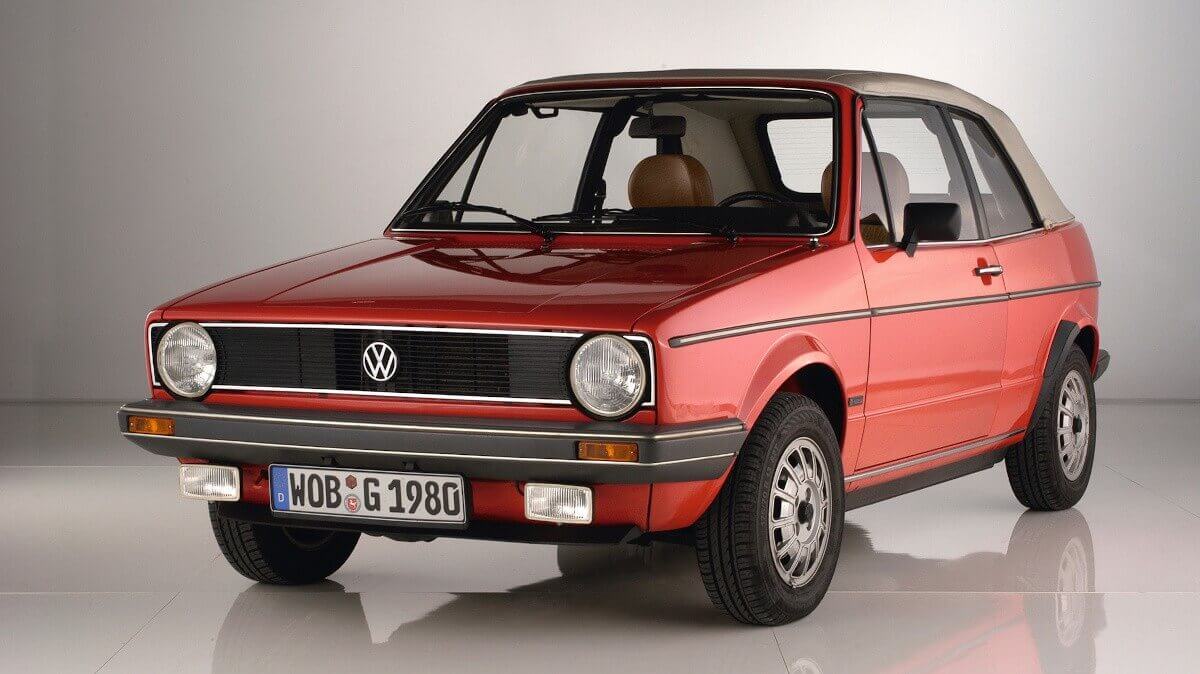

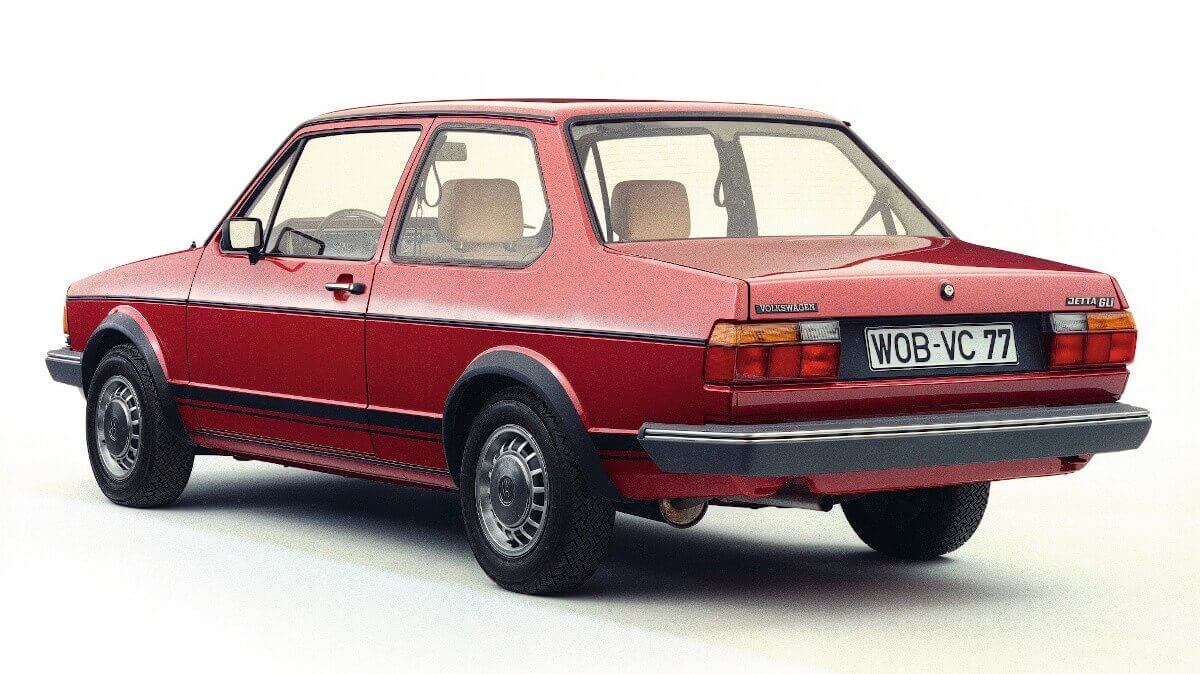

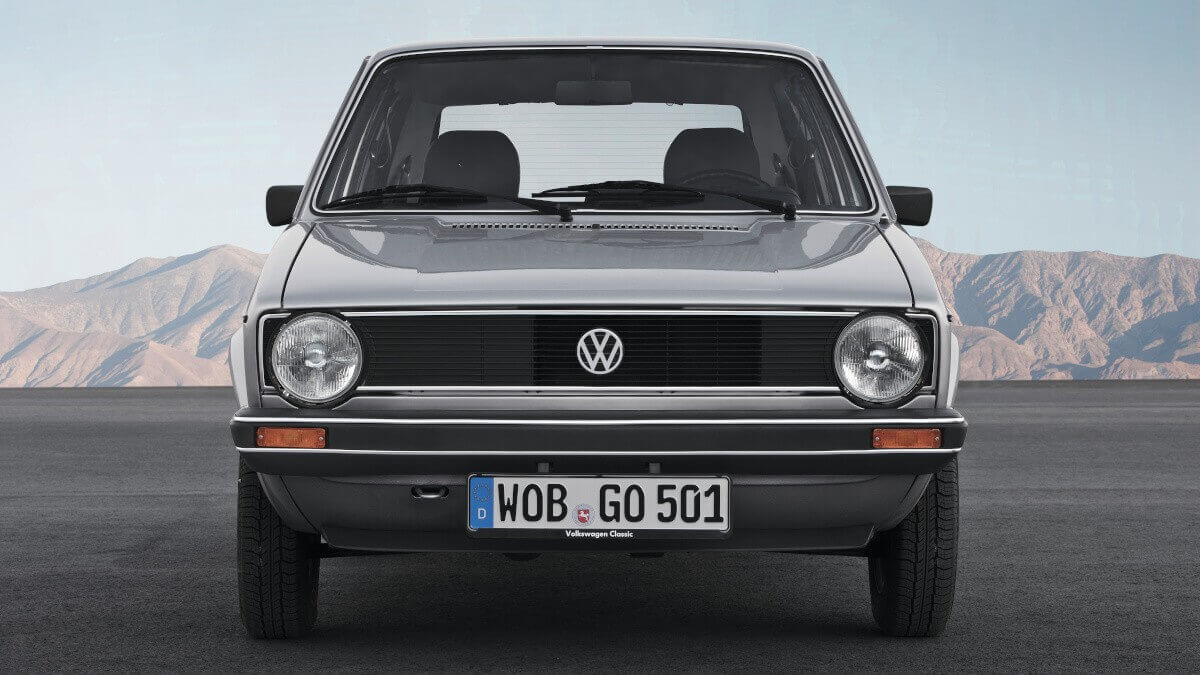

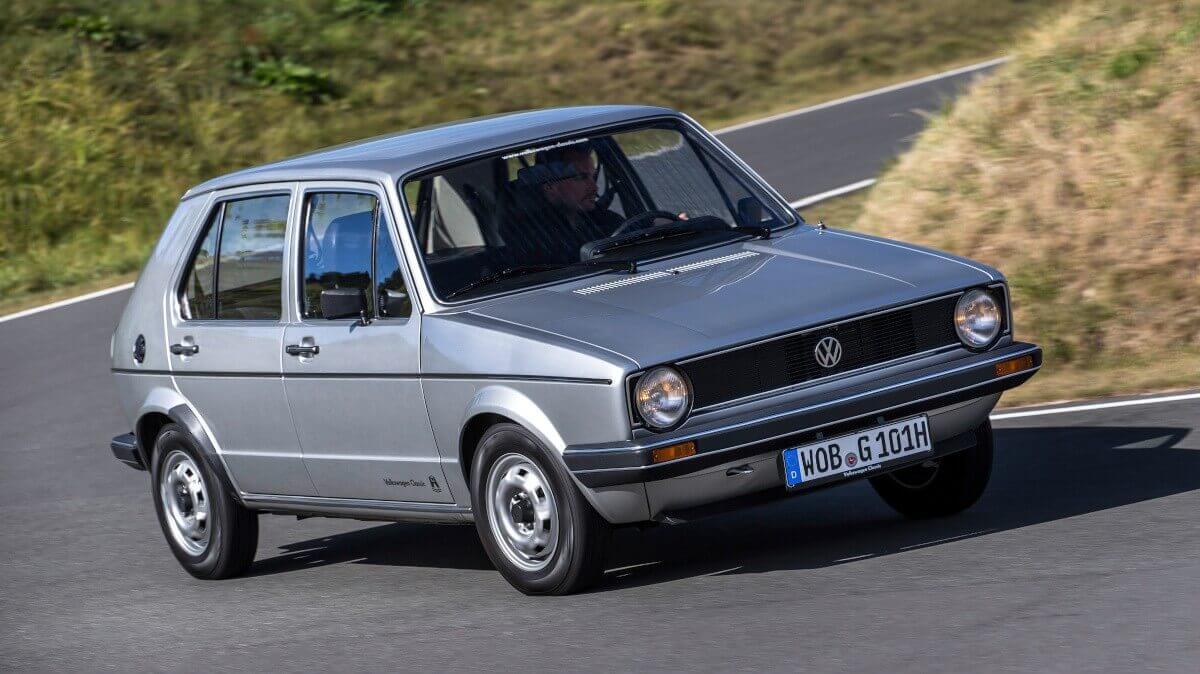

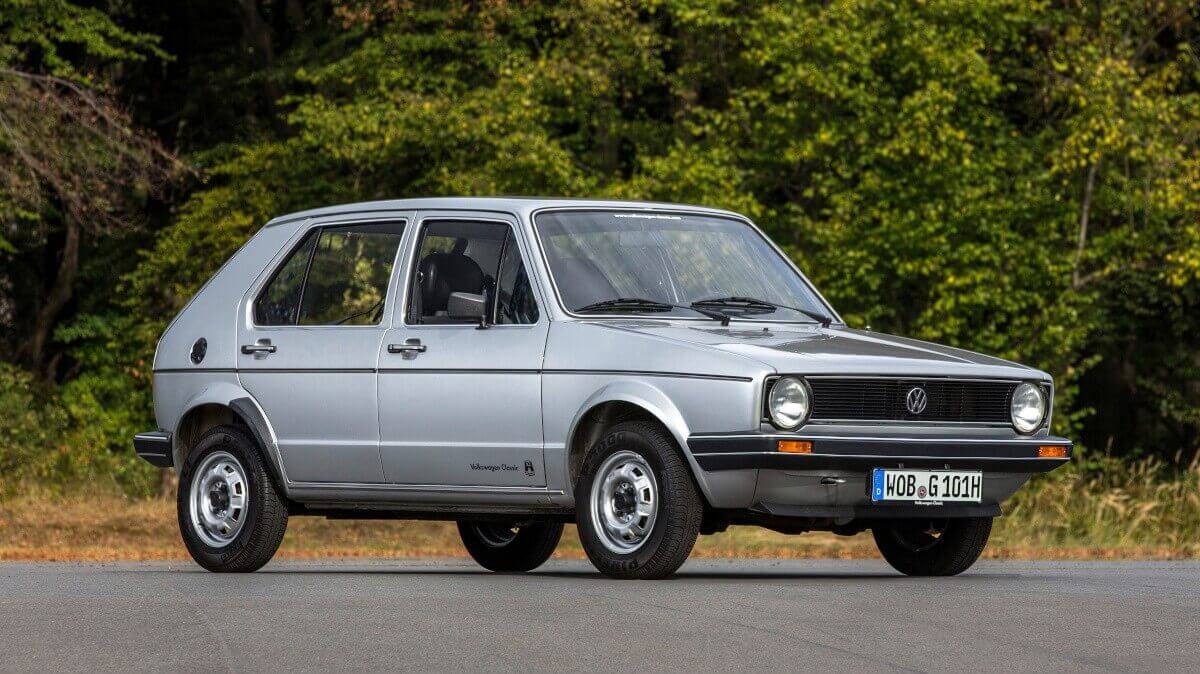

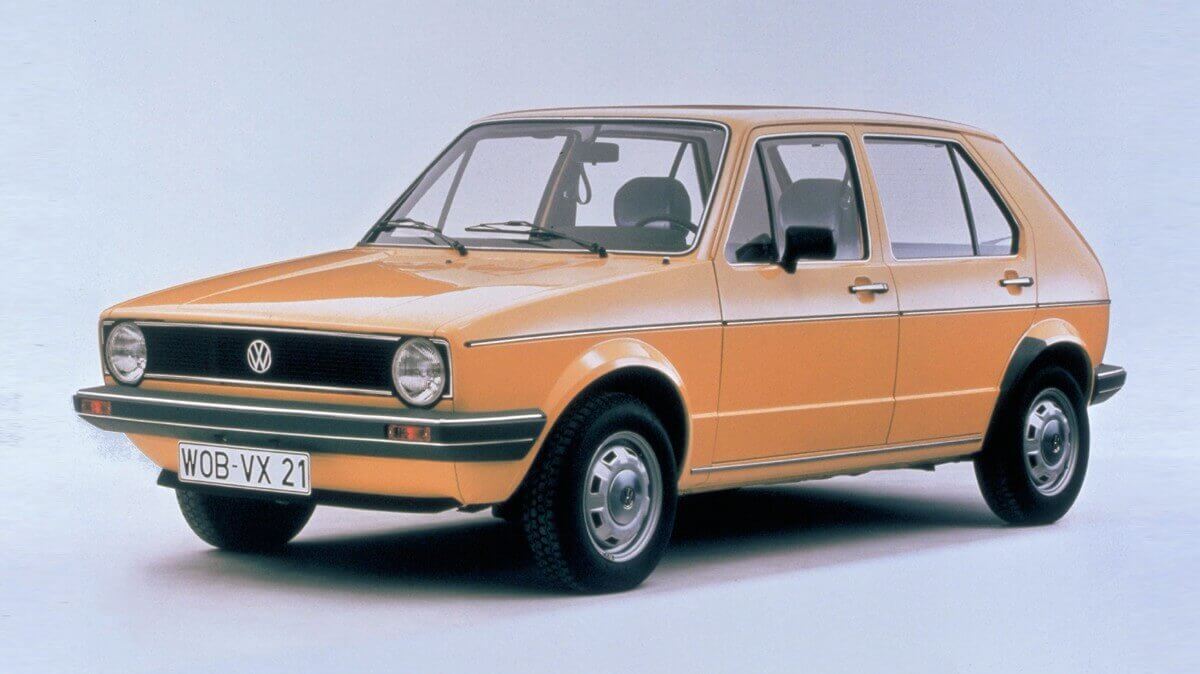

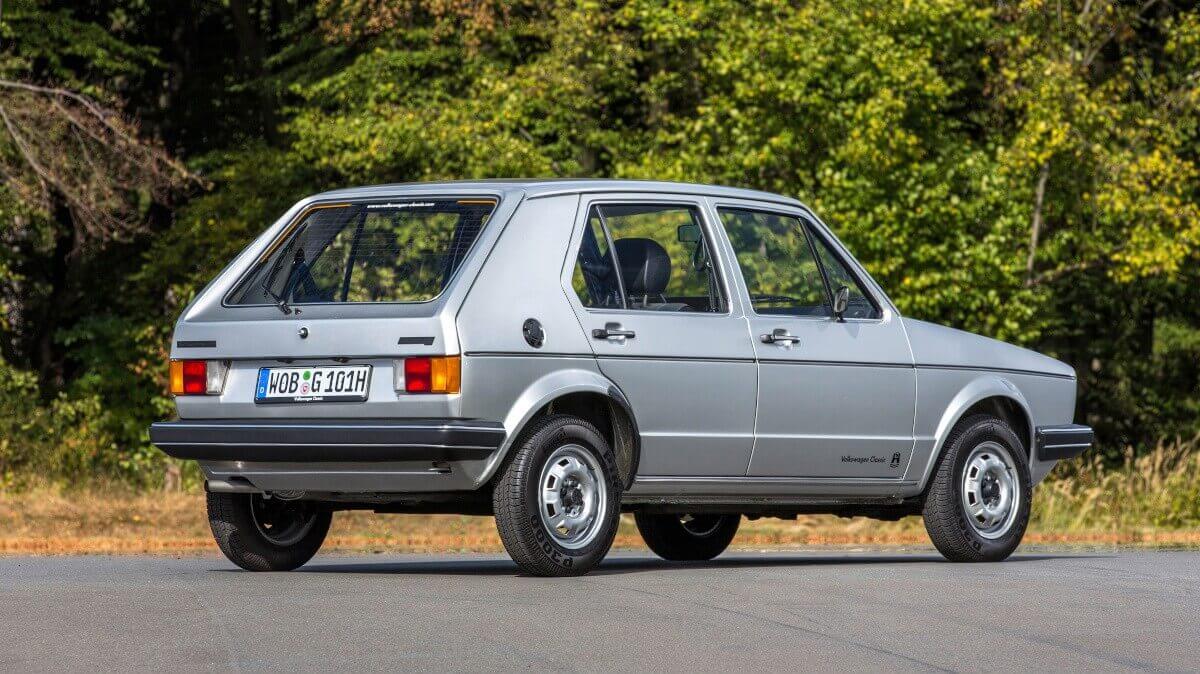

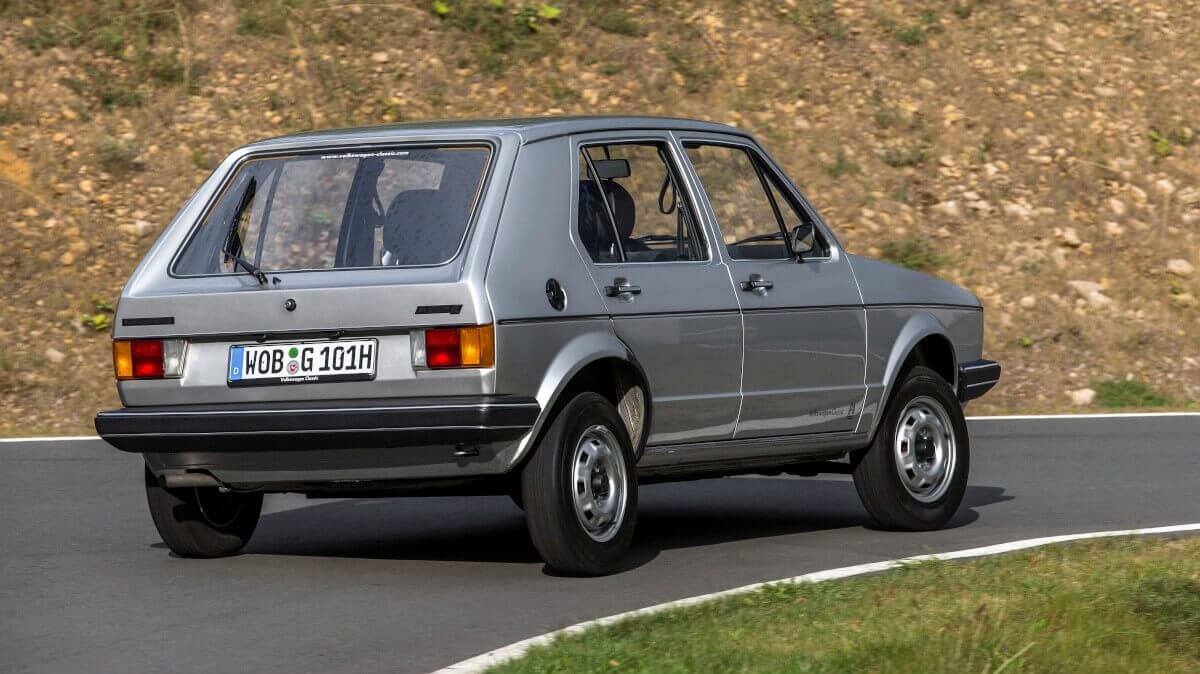

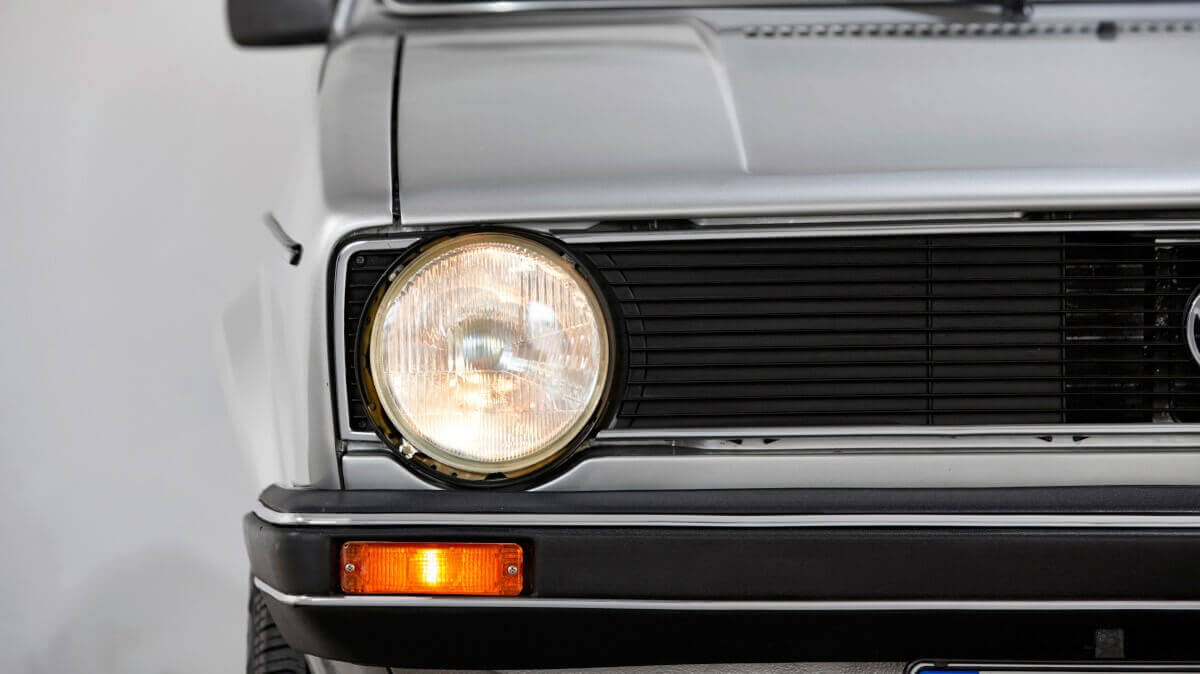

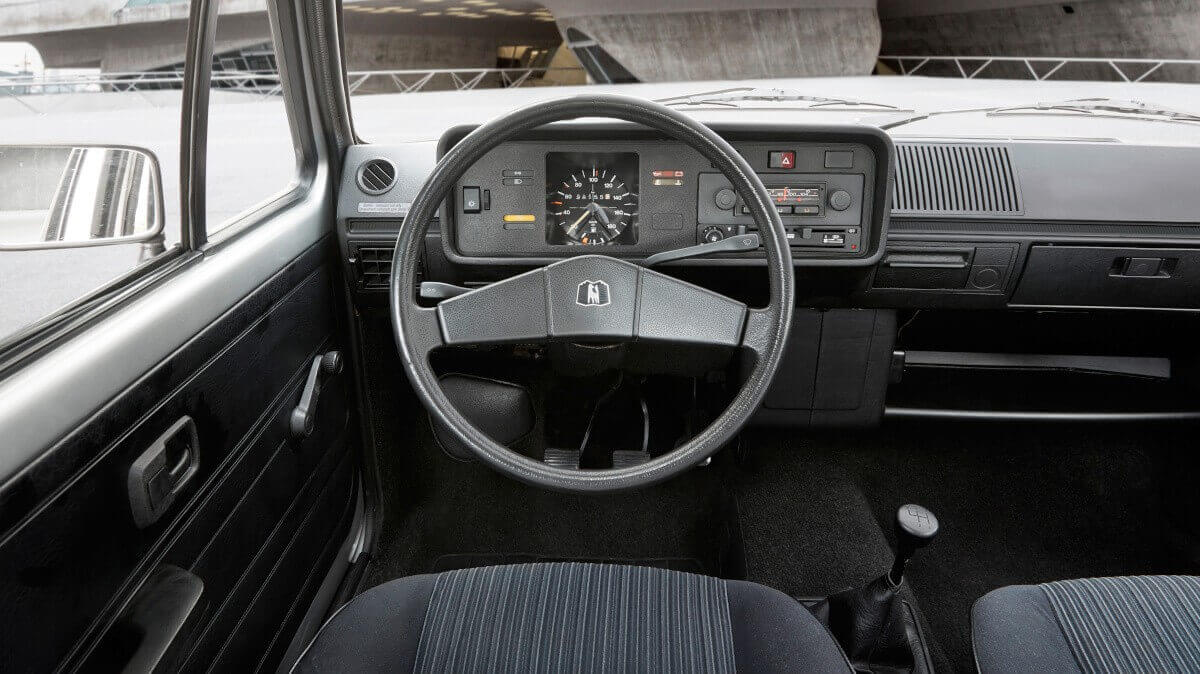

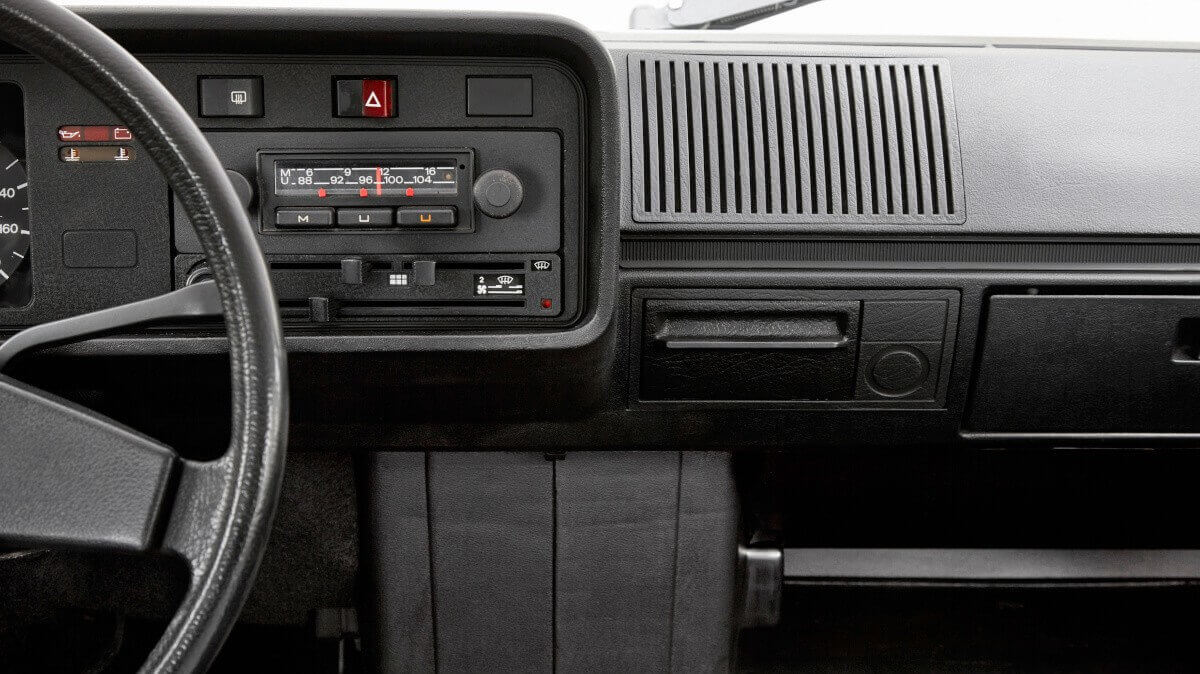

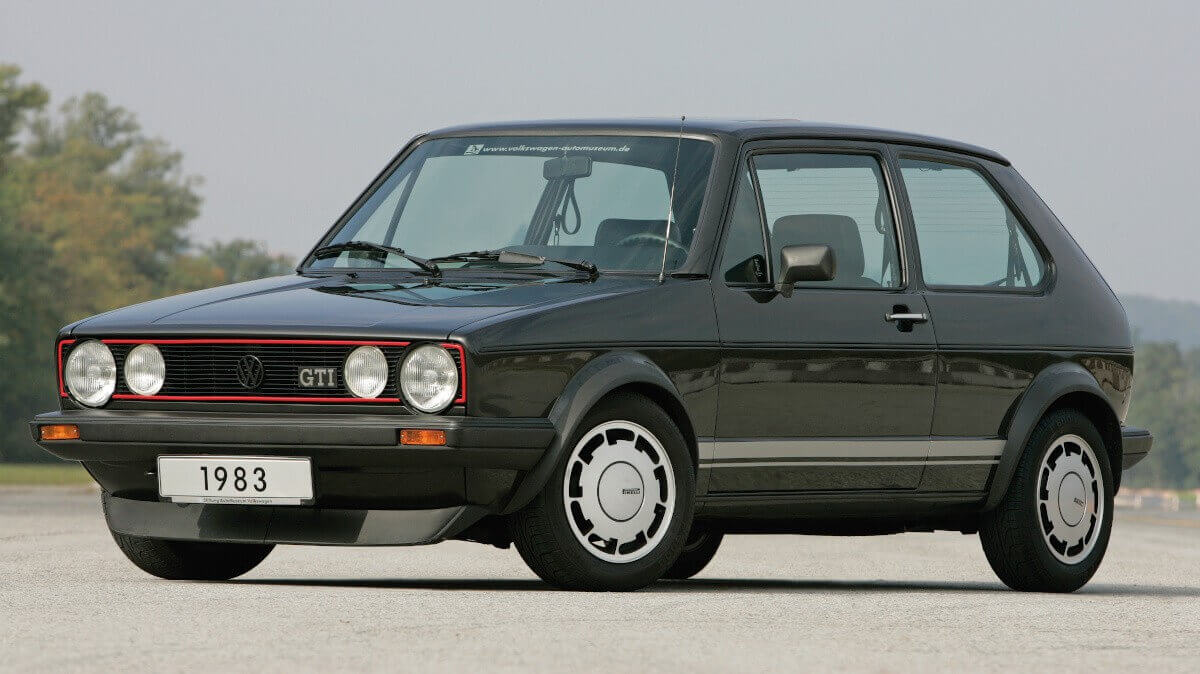

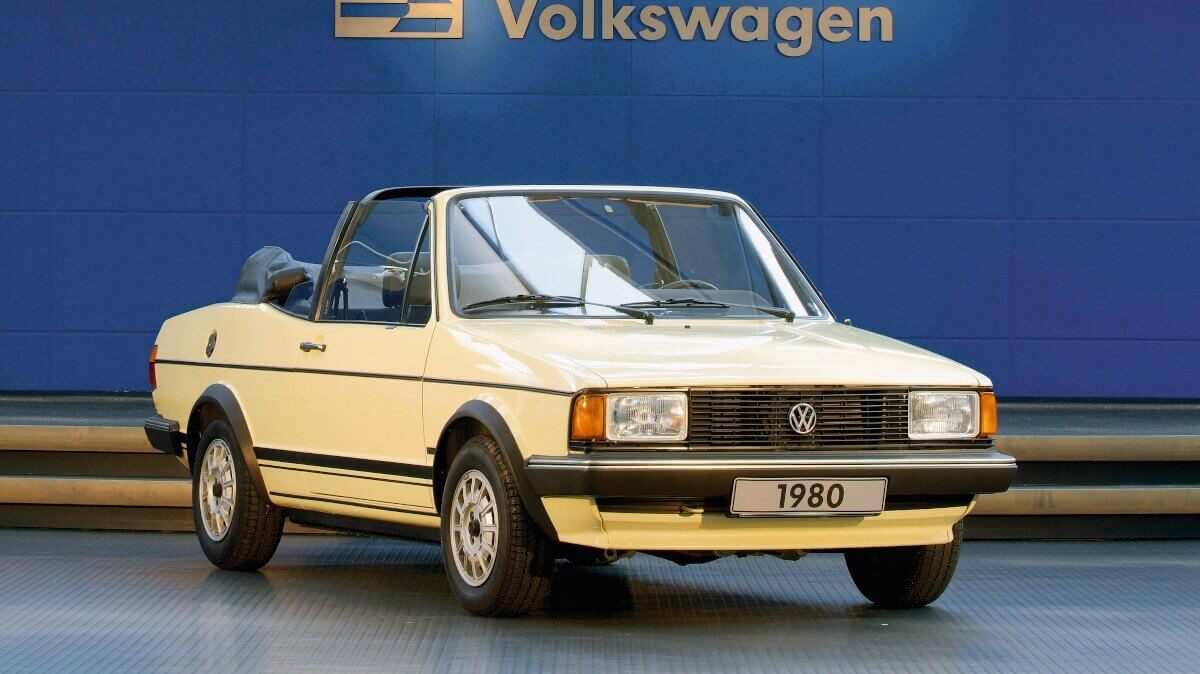

Parallel to the work on the new Golf taking place behind the scenes, Volkswagen’s international sales figures collapsed internationally. It can therefore be assumed that the VW Group management had its back to the wall. If customers wouldn’t had accepted the new Golf and the general change in concept, the workforce at the Wolfsburg plant could probably have been sent home. In order to keep the traditionalists happy, the old Beetle was offered in parallel until 1985. Only the Beetle Cabriolet built by Karmann in Osnabrück was no longer available after 1980. But the coachbuilder took over the factory order to cut the roof of the Golf, which was therefore available as a Cabriolet from 1979. Karmann also produced a few prototypes of the sedan version Jetta for testing purposes, but these never went into production. In addition, there was another body variant of the Golf, a pickup called Caddy, a light commercial vehicle.
The production lines for the Golf in Wolfsburg started on 29 March 1974, but it wasn’t until May that the first cars were delivered to the dealers. Initially there was a 1.1-liter basic engine with 37 kW/50 hp and a 51 kW/70 hp engine with 1.5 liters displacement. Contrary to previous fears, the Golf developed into an absolute sales success. In addition to a diesel engine, VW presented various other engine variants in the course of the production period. But only one of them became famous. In September 1975, the Golf GTI made its debut at the IAA (Frankfurt Motor Show) with 110 hp four-cylinder engine, sports suspension, special sports steering wheel and some optical highlights such as a red grill surround and matt black foil decor at the tailgate. This sports version of the Golf was conceived by leading development engineers in their spare time and finally presented to the rather sceptical company management in addition to the marketing department. Initially, they thought that only about 5,000 copies could be sold to customers. By the time the GTI was launched, already 500,000 Golfs had left the factory in March 1976. And in October of the same year this had doubled to an even million. All together 6.99 million copies of the Golf left the factory until 1983. Car fans also know that the estimate for the GTI was also incorrect. Until the end of the Golf 1 production, there was also the special edition GTI Pirelli with very unique alloy wheels, whose ventilation slots showed the P of Pirelli. After the German production line had long since been converted to the Golf 2, the original model still came off the assembly lines in South Africa, where it was offered as the Citi Golf until 2009. In the meantime, all signs are pointing to ‘8’, because the eighth generation of the Golf will debut in only a few days.
Images: Volkswagen



